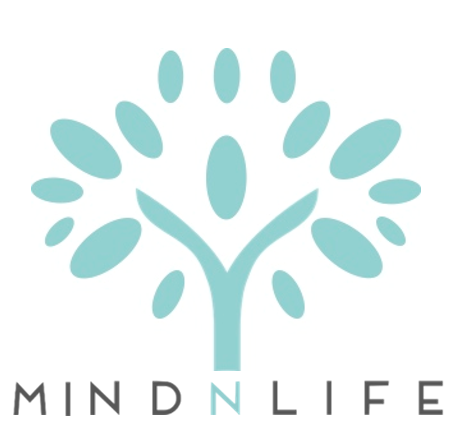In this article we discuss four crucial tasks that contribute to a healthy grieving process and our healing from loss.
Grief and mourning are often used interchangeably. However, grief can be defined as the cognitive, emotional, physical, behavioural and social reactions to loss. Mourning, on the other hand, is defined as the active coping process we engage in to process this loss and our corresponding grief. Healthy mourning helps us to adapt and move forward in our lives in a compassionate and meaningful way.
Psychologist J. William Worden suggested four tasks of mourning that contribute to our healing from loss.
Task 1: Accepting the Reality of the Loss
As the first two stages of the seven-stage grief model by Kubler-Ross indicate, loss, whether sudden or anticipated, commonly triggers shock and denial. We thus may struggle partially or completely to acknowledge what happened and that the loss is permanent. We may continue to act like nothing has changed or feel empty, numb, and detached. Avoidance of loss can take the form of removing reminders, only recalling negative associations with what was lost, avoiding all thoughts related to the loss, or maintaining our routines and space as though the loss never happened.
Accepting the reality of the loss is the first essential task in the mourning process. Steps toward this include:
- allowing reminders of the loss to be present, e.g. urns, memorial plaques
- speaking about what was lost with family and friends
- using specific terms that identify permanence of loss, e.g. “death”, “divorce”
- changing the environment to signify the loss, e.g. removing belongings of a deceased loved one
- acknowledging positive and negative memories of what was lost
- any activities to make the loss feel more real, e.g. identifying the body, funeral and memorial services, visiting previously shared places
- identifying tangible and intangible consequences of what was lost, e.g. change in financial status, change in roles
Task 2: Processing the pain of the loss
Loss can result in a multitude of intense feelings, including pain and sadness, but also anger, guilt, shame, blame, despair, or even relief and joy. It can be tempting to detach from these emotions and try to avoid them. However, if we do so long-term, we will be unable to truly move forward in the grieving process toward healing.
Steps toward processing our pain include:
- Sitting with our emotions and observe how they are feeling in our bodies
- Reflect on our time with the deceased or what was lost and allow feelings to arise
- Express our emotions through creative outlets, including painting, music, dancing, or writing
- Keeping a grief journal
- Sharing our feelings with friends and family whom we feel safe and connected with
- Practicing mindfulness and maintaining awareness of our thoughts, feelings, and physical sensations
Task 3: Adjusting to a world without
Any loss creates change. It takes time and adjustments to integrate this change into our identities and lives. We may need to take on new roles, develop new relationships, or modify our beliefs and values in order to accommodate the effects of loss and begin adjusting to a world without what we had before.
Steps toward adjusting to a world without include:
- Understanding how the loss has impacted us
- Identifying what meaning the lost has to us and what role it played in our lives and identities, e.g. losing a parent may impact our identity as a child, divorce may mean we need to take on tasks our partner previously did for us
- Learning new skills
- Reaffirming existing relationships
- Building new connections
- Challenging our thoughts and existing beliefs
- Self-care and compassion toward ourselves
Task 4: Finding an enduring connection with what was lost
Everything we lose remains a part of us, it just changes shape. There was a life before the loss that is undeniable and that makes whatever was lost a part of our identity, our memories, our values, our connections, and our experiences. This can never be taken away from us. After loss, we can establish a new, enduring relationship to what we have lost. While previously this connection may have been external, it now becomes internal.
Steps toward creating an enduring connection include:
- Rituals that celebrate what was lost and the meaning it had in our lives
- Identifying how what we lost influenced our lives
- Engaging with memories and sharing these with family and friends
- Creating meaning from the loss
- Supporting others in similar situations
- Acknowledging growth and parts of our identity that connect with our loss
Article written by Dr Esslin Terrighena
Loss and grief can affect all areas of our lives. Mourning is the active coping strategies we employ to cope with the loss we have experienced. It can feel overwhelming to go through these steps during a time of loss. If you have experienced loss and would like some guidance through the grieving process, please book a consultation call (852) 2521 4668 email [email protected].







